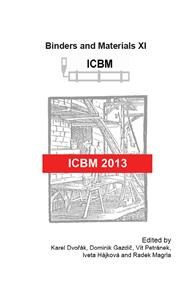p.258
p.262
p.266
p.270
p.275
p.280
p.284
p.290
p.297
Rehydration of Ultra High Performance Concrete
Abstract:
Ultra High Performance Concrete (UHPC) and High Strength Concrete (USC) are because of the high density of their matrices very susceptible to spalling during fire exposure. By aid of a heat treatment with maximum temperatures of about 450°C a network of capillaries and micro cracks could be formed, which leads like a porous medium to a relief of water vapor already at harmless low pressures and could prevent the materials from spalling. In the framework of the presented study on UHPC some orientating tests have been performed to obtain knowledge concerning alterations of the microstructure during thermal treatment at 150°C, 250°C, 350°C and 450°C and the subsequent storage in air with 100% relative humidity at 20°C as to allow water uptake and rehydration. The tests have shown that by aid of the said treatment generation of a respective porous system was achieved, which remained open for the transport of water vapor at high temperatures, also after water uptake and rehydration of the dehydrated cementitious matrix. However further studies are needed to get information about effects of the treatments on the mechanical properties and the durability of members.
Info:
Periodical:
Pages:
275-279
Citation:
Online since:
February 2014
Authors:
Price:
Сopyright:
© 2014 Trans Tech Publications Ltd. All Rights Reserved
Share:
Citation:


